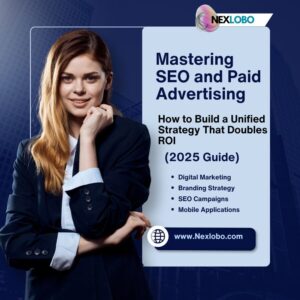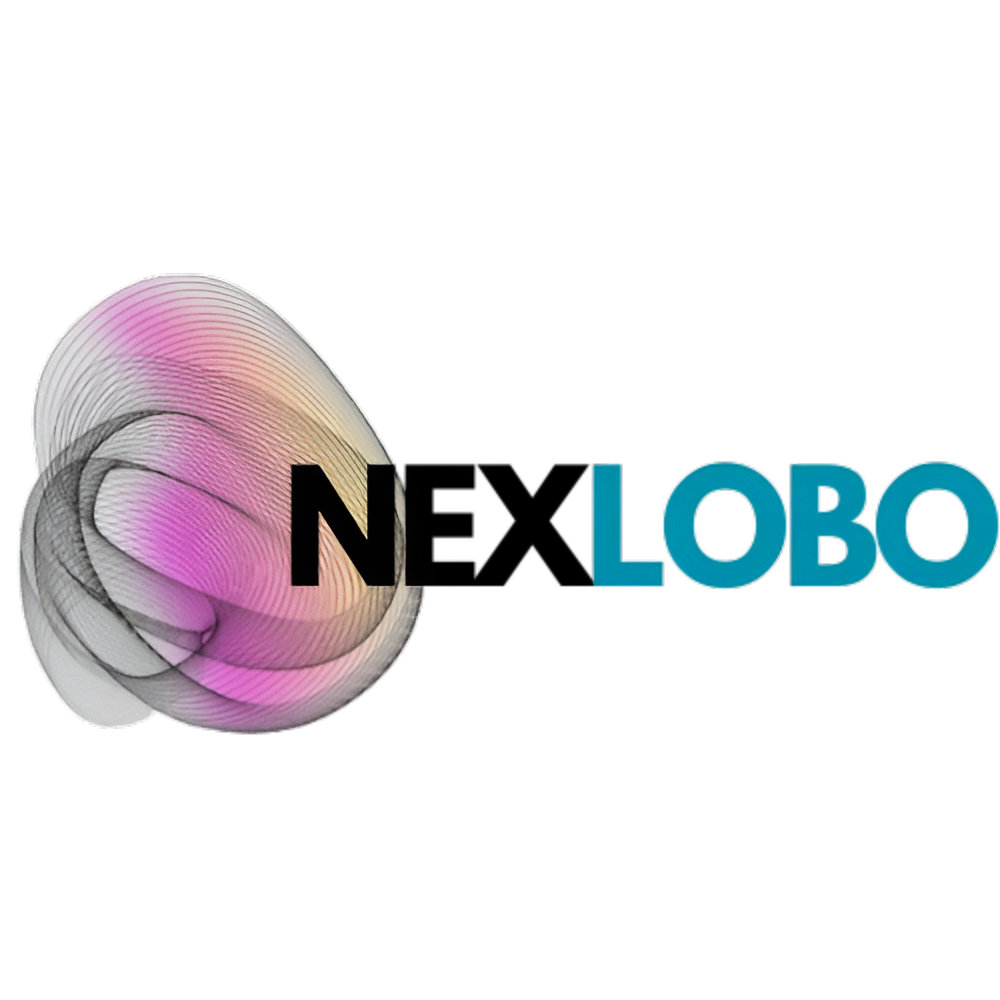Mastering SEO and Paid Advertising: How to Build a Unified Strategy That Doubles ROI (2025 Guide)

How to Integrate SEO and Paid Advertising Effectively (2025 Guide)
When I first started in digital marketing over a decade ago, I thought SEO and paid advertising were two different worlds. SEO was all about patience, while paid ads were about instant gratification. But after years of running campaigns across multiple brands, I realized something game-changing — SEO and paid advertising are far more powerful together than apart.
When I worked on a mid-sized eCommerce campaign in 2022, integrating both strategies boosted conversions by 38% in just eight weeks. That’s when I began to see that merging data from both sides could unlock deeper insights into customer behavior. If you’ve ever wondered how to blend these two effectively, this guide is for you. For more insights on optimizing digital campaigns, check out this guide on choosing the best DSP for campaigns.
Let’s dive into how you can harness the best of both worlds — combining SEO and paid advertising to create a sustainable, data-driven marketing engine.
How to Combine SEO and Paid Advertising for Long-Term Growth
The key to success in SEO and paid advertising integration lies in aligning goals. SEO builds trust and authority over time, while paid ads deliver immediate visibility. When both work together, they can create a feedback loop that accelerates business growth.
For example, one of my clients in the fitness niche used paid ads to test keywords before building organic SEO campaigns. The data from paid campaigns provided insights into which search terms had the best conversion potential — effectively removing the guesswork from content strategy.
Action tip: Use paid ad data for predictive segmentation — identify the audiences that engage most and refine your SEO content around those insights.
Why it works: Paid campaigns give you instant keyword performance feedback. Integrating that knowledge into SEO content accelerates long-term organic growth.
How to Use SEO and Paid Advertising Together for Better ROI
It’s tempting to separate budgets for SEO and paid advertising, but if you want consistent ROI, they should complement each other. Combining them allows brands to maximize exposure across multiple touchpoints.
In one campaign I ran for an online furniture brand, we discovered that users who clicked both a paid ad and an organic listing were 60% more likely to convert. That’s because seeing your brand multiple times across search results builds familiarity and trust — critical elements in Google’s E-E-A-T framework.
Here’s how to make it work:
Leverage AI personalization: Customize ad messages based on SEO-driven user intent data.
Automate audience segmentation: Use predictive data from paid ads to enhance automated customer targeting in your SEO funnels.
Create consistency: Ensure your ad copy and SEO meta descriptions share consistent messaging and CTAs.
The synergy between SEO and paid advertising helps you own both the top and middle of the funnel — keeping your brand visible throughout the buyer’s journey.
How to Track Results and Optimize SEO and Paid Advertising Campaigns
Many businesses fail not because their strategies are wrong, but because they don’t track the right metrics. To integrate SEO and paid advertising effectively, you need unified analytics.
Tools like Google Analytics 4 and Looker Studio make it easier than ever to view both organic and paid performance side by side. By analyzing data across platforms, you can measure how SEO traffic influences paid conversions and vice versa.
Here’s what to track:
Keyword Overlap: Identify which terms drive results for both SEO and PPC.
Assisted Conversions: Measure how organic visits contribute to paid ad purchases.
Customer Journey Insights: Combine micro-segmentation data from ads with SEO behavioral metrics.
In my own experience managing multiple campaigns, tracking this unified data revealed surprising patterns — like discovering that SEO-driven blog readers were twice as likely to click retargeted ads.
The Role of Predictive Segmentation and AI in Modern Campaigns
Predictive segmentation and AI personalization are reshaping how we view SEO and paid advertising. Modern tools can automatically identify audience clusters and adapt ad spend accordingly.
For example, AI can predict which search queries are likely to convert and adjust bidding strategies for those keywords. Meanwhile, SEO teams can create targeted content around those same terms, ensuring visibility at every stage.
Pro Insight: Automated customer targeting using AI doesn’t just optimize performance — it enhances user experience by delivering more relevant content and ads simultaneously.
Integrating SEO and Paid Advertising: My Proven 3-Step Framework
Start with shared goals: Align your SEO and paid advertising KPIs so they support one another.
Use paid ads as testing grounds: Test new keywords through ads before investing in long-term SEO content.
Leverage retargeting and remarketing: Combine organic content engagement data with paid ad audiences for maximum efficiency.
When you treat SEO and paid advertising as one cohesive system, you not only increase traffic but also strengthen brand authority.
Building Authority and Trust Through Unified Campaigns
In today’s search landscape, Google rewards consistency, transparency, and expertise. By merging SEO and paid advertising, businesses can demonstrate both technical proficiency and customer understanding — essential elements of E-E-A-T.
When your SEO content educates users and your ads reinforce those messages, you create a powerful trust loop. That trust doesn’t just increase conversions — it improves long-term visibility across all marketing channels.
For more strategies on avoiding digital marketing pitfalls, check out Top 10 Ad Tech Mistakes Small Businesses Make.







Leave a Reply